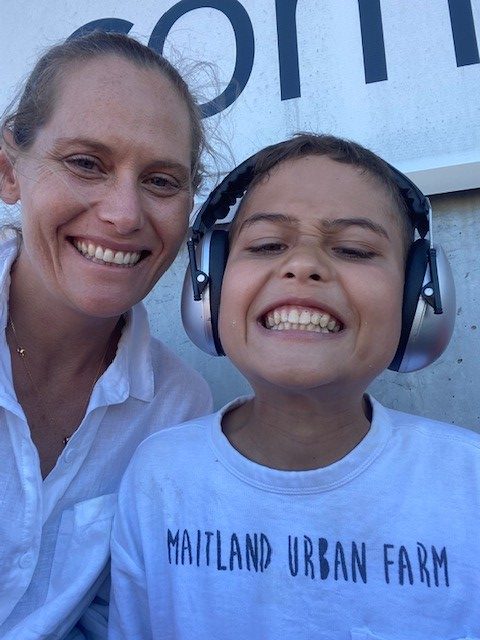Drowning is one of the leading causes of accidental death among children, and for those on the autism spectrum, the risks are even more pronounced. Studies show that autistic children are significantly more likely to wander near water, drawn to its sensory appeal but unaware of the dangers. This heightened risk underscores the urgency of early swimming lessons—not just as a recreational skill, but as a life-saving necessity.
Understanding the Risk
Many autistic children have a natural attraction to water, whether it’s a backyard pool, lake, or ocean. However, challenges such as difficulty understanding safety instructions, reduced danger awareness, and impulsivity can make water-related environments hazardous. Research has found that children on the autism spectrum are at a much greater risk of drowning compared to their neurotypical peers, making proactive measures essential.
Early Swim Lessons: A Lifesaving Solution
Teaching water safety and swimming skills as early as possible significantly reduces the risk of drowning. Programs tailored for children with autism focus on:
- Water Familiarization: Helping children become comfortable in aquatic environments.
- Safety Awareness: Teaching essential survival skills like floating, treading water, and safe pool exits.
- Sensory Adaptation: Gradual exposure to water stimuli, ensuring a calm and supportive experience.
- Parent Education: Empowering caregivers with the knowledge to reinforce safety outside of formal lessons.
Choosing the Right Swim Program
Not all swim schools are equipped to handle the unique needs of autistic children. Look for programs that offer specialized instruction with sensory-friendly environments, patient instructors trained in autism-specific teaching methods, and small class sizes for individualized attention.
A Call to Action
Drowning prevention starts with education and preparation. Parents, caregivers, and educators must recognize the unique risks autistic children face and act early to instill water safety skills. Local communities and policymakers should advocate for accessible, specialized swim programs to ensure every child—regardless of neurodiversity—has the opportunity to learn this life-saving skill.
Water can be a source of joy and relaxation, but it must also be approached with caution. By prioritizing early swim lessons for children on the autism spectrum, we take an essential step toward keeping them safe while allowing them to enjoy the benefits of water in a secure and controlled way.
Visit the Autism Swim Website for more information about how you can reduce the risk of your child drowning –









